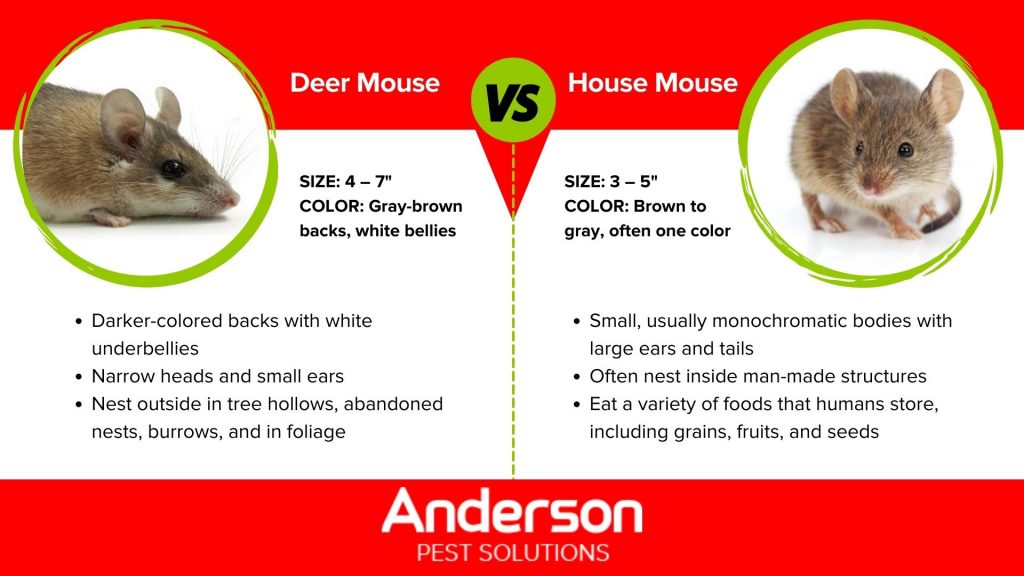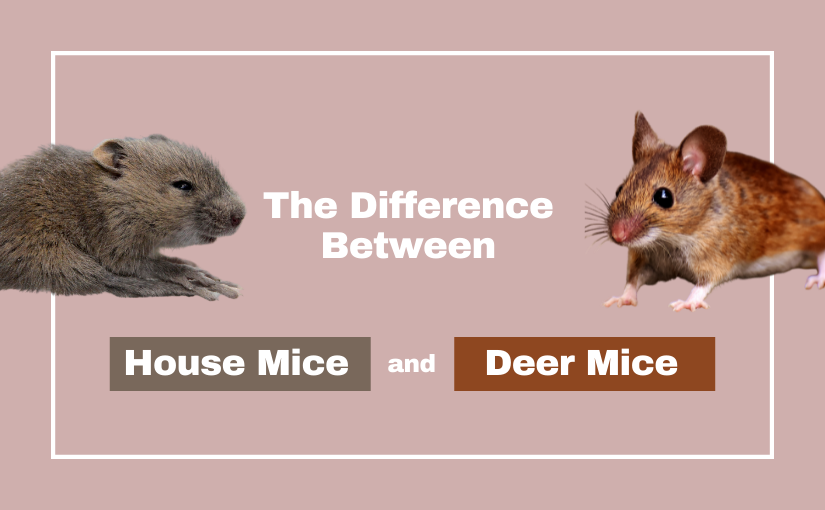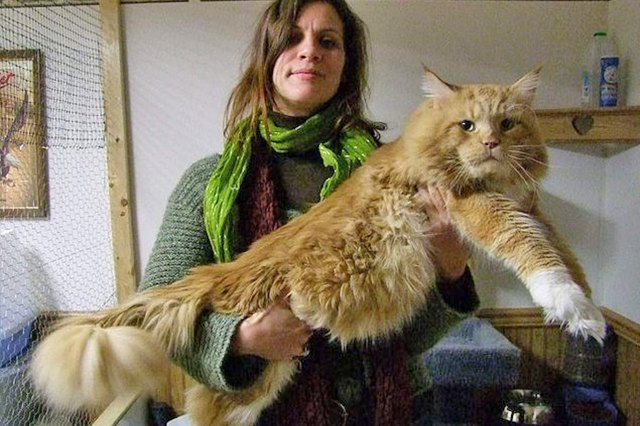Table Of Content

House mice, on the other hand, have a more flexible social structure. They are known to live in large colonies, with multiple males and females coexisting. While there may be some social interactions and hierarchies within the colony, it is not as rigid as that of field mice. Understanding the social structure of these mice species is important for studying their behavior and interactions with humans. The deer mouse type of field mouse usually has a two-toned tail that is dark on top and light on the underside.
ORKIN DIFFERENCE
It’s definitely a mouse, but how can you tell if it’s a field mouse or a house mouse? The great news is that there are size, appearance, and behavior differences between these mice that can help you easily tell them apart. In this article, we’ll list all the telltale signs that you’ve got a field or house mouse in your home. We’ll also tell you about any concerns you need to be aware of when dealing with these mice. Since house mice are more opportunistic and live in environments where food is plentiful, they tend to eat as they go. They don’t carry food back to their nest to save for a later time.
What does a field mouse look like?
The colour of house mice is what sets them most apart from field mice. The feet of house mice are small and they can’t jump as far, or high as wood mice. It’s easy to confuse a field mouse for a house mouse, especially when you don’t know their differences. However, learning about the differences between the two rodents can help you come up with better solutions to eliminate them during an infestation.
Pest Control Services
They won’t just fall into a trap, they will observe that trap for a couple of days before deciding to near it. A mouse mice is an excellent jumper (able to jump a foot straight up in the air), while a field mouse is an excellent climber. Typically, they are found in rural areas, in backyards, lawns, sheds, barns, and around the premises of homes. However, they are also known to occasionally creep into our homes, usually when their outdoor space is not ideal, so keep in mind that they are not solely bound to the outdoors.
House Mice vs. Field Mice: What’s the Difference?
Best Mouse Traps of 2024: Expert Picked U.S. News - U.S. News & World Report
Best Mouse Traps of 2024: Expert Picked U.S. News.
Posted: Wed, 24 Apr 2024 20:05:02 GMT [source]
On the other hand, house mice are more adaptable and can be found in a variety of indoor and outdoor environments. They are often found in homes, barns, warehouses, and other structures where they can find food, water, and shelter. While field mice are primarily outdoor creatures, house mice have successfully colonized human settlements and can thrive in urban areas as well. It is important to understand these habitat preferences in order to effectively identify and control mouse infestations.
Everything to Know About House Mice - Family Handyman
Everything to Know About House Mice.
Posted: Fri, 22 Mar 2024 07:00:00 GMT [source]
They reproduce at lightning speed and can produce up to 4 litters every year. They’re active at night and usually invade homes to survive the winter. We have experts who are highly trained in eliminating different kinds of pests, and we’re eager to help you with your exterminating needs. Our team also creates better solutions because of our proactive communication with our clients.
Cockroach Control
Life span can be as long as three years in laboratory mice but is considerably shorter among free-living mice. Field mice primarily feed on seeds, grains, and vegetation found in their natural habitat, such as grasslands and agricultural fields. House mice, on the other hand, are opportunistic feeders and will consume almost anything they can find, including human food, pet food, and even paper. They are also known to gnaw on various materials to access food sources.
PEST LIBRARY
The number of offspring is one of the key differences between field mice and house mice. Field mice typically have larger litters, with an average of 5 to 8 babies per litter. This is because field mice have a higher reproductive rate and shorter gestation period.

Damage to property
House mice are smaller and have a lighter color than field mice. They are also more likely to live indoors and feed on human food. On the other hand, field mice are larger and have a darker color than house mice.
So, often times field mice can even take things like insulation, rags and other materials it finds close to or inside of your house to use as nesting material. Once you have identified the mouse to be a deer mouse, the next step you should take is assess your situation. These are questions to ask yourself to help you determine whether or not you have just one mouse or an infestation. Both house mice and deer mice pose very harmful risks to humans. On the other hand, house mice can bring in diseases like Lymphocytic choriomeningitis and leptospirosis. Both mice can also bring in other pests like fleas and ticks into your home.
HPS can be contracted by inhaling dust particles contaminated with the virus, typically found in mouse droppings. Additionally, house mice can transmit lymphocytic choriomeningitis virus (LCMV), which can cause flu-like symptoms in humans. It is important to take precautions to prevent the transmission of these diseases, such as keeping food stored in sealed containers and maintaining a clean living environment. Preventing infestations of both house mice and field mice requires a combination of measures.
If your house is in an urban area, the pesky rodent in your walls is much more likely to be a house mouse than a deer mouse. These mice are opportunistic feeders who seek out accessible food sources and warm shelters. While house mice can survive in natural environments like fields or forests, a nearby house is a much more appealing prospect. Deer mice are carriers of the virus that causes Hantavirus Pulmonary Syndrome, a respiratory illness that can be fatal in humans. Clear identification of a field mouse versus a house mouse is critical to understanding the health risks and undertaking proper prevention and control. Contact the pest experts at Orkin for assistance with field mice or house mice in homes.

No comments:
Post a Comment